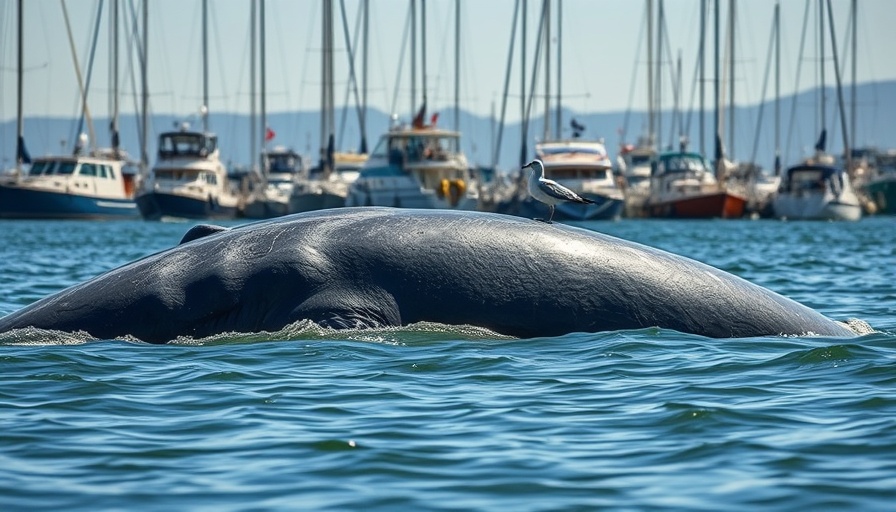
Unprecedented Gray Whale Mortality Spike in San Francisco Bay
The Bay Area is witnessing an alarming rise in gray whale mortalities this year, with the recent death toll reaching 14. This unsettling trend raises concerns about the environmental challenges facing marine life in the region.
Environmental Factors Influencing Gray Whale Sightings
Despite the unsettling number of deaths, San Francisco Bay has seen a significant increase in gray whale sightings. So far this spring, 33 individual gray whales have been reported, compared to only four in the prior year. This leap suggests that while the whales are appearing more frequently, many are potentially gravely ill or undernourished, sparking concern among marine experts.
Why Are Gray Whales Feeding in the Bay?
Gray whales are known to be opportunistic feeders, and they may be using the Bay as a foraging ground before embarking on their journey north towards Alaskan waters. It's worth noting that nutrient-rich plankton typically found in the Bay can attract these cetaceans. However, many of the observed whales appear emaciated, indicating a struggle for survival as they deal with food scarcity.
The Causes Behind Gray Whale Deaths
Previous examinations have shown that the causes of these whale deaths may stem from boat strikes and malnutrition. The Marine Mammal Center, while conducting post-mortem examinations on several deceased whales, often finds advanced decomposition impeding clear conclusions about their deaths. This year's unprecedented number of whale deaths could also be signaling a deeper issue within the North Pacific gray whale population, which has shown signs of decline in recent years.
The Importance of Ongoing Monitoring
As the migration season comes to a close, local officials are keeping a close watch on whale activity in the Bay. Marine biologists emphasize the need for continued monitoring of these majestic creatures to fully understand their survival challenges and ensure effective conservation measures are employed.
The increase in gray whale sightings coupled with their dire condition presents a critical opportunity for public engagement in marine conservation efforts. Staying informed about marine life in our local waters is paramount for protecting these fragile populations.
 Add Row
Add Row  Add
Add 




 Add Row
Add Row  Add
Add 

Write A Comment